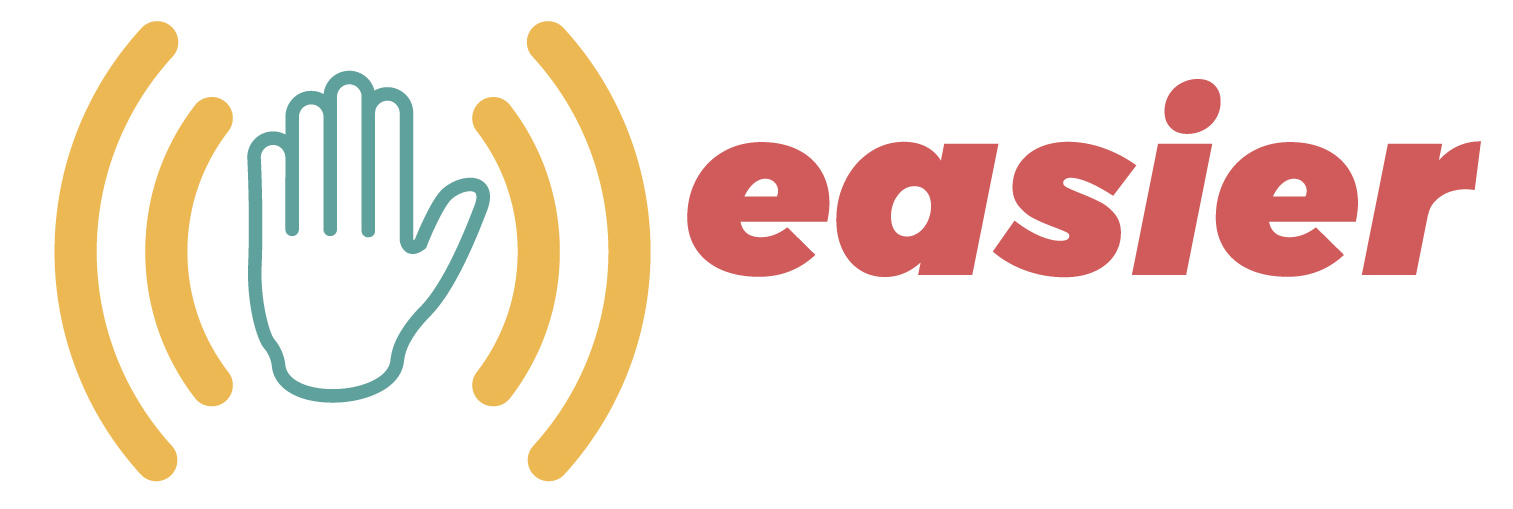Navigation auf uzh.ch
Navigation auf uzh.ch

The EU H2020 (ICT-57) project “Intelligent Automatic Sign Language Translation” (EASIER) aimed to create a framework for barrier-free communication among deaf and hearing citizens across Europe by enabling users of European sign languages to use their preferred language to interact with hearing individuals.
EASIER provided translation between spoken languages and sign languages, both in near-realtime (automatic) and non-realtime (human-in-the-loop) mode. The project leveraged expertise from the areas of machine translation, computer vision, computer graphics as well as sign language linguistics and language resources. The project's major target groups were the deaf community, sign language interpreters, and the sign language content creation industry. The consortium brought together the European Union of the Deaf with research groups in sign language technologies as well as experts in the technological sciences and humanities. A key principle of EASIER was the involvement of deaf personnel in the entire research cycle. Last but not least, EASIER pursued affect- and gender-informed language technologies.
Given the challenging nature of the task, the project started with seven sign languages (English, French, German, Swiss German, Dutch, Greek and Italian) that were comparatively well resourced and six corresponding spoken languages (English, French, German, Dutch, Greek and Italian). An important part of the project was the development of tools, guidelines and standards to support future research in collecting and annotating data for under-resourced sign languages and interfacing with the technologies developed in EASIER.
The EASIER consortium, being heavily interdisciplinary, comprised the following organisations:
| Martel GmbH | |
| Athena Research and Innovation Center in Information, Communication & Knowledge Technologies (ATHENA RIC) / Institute for Language and Speech Processing (ILSP) | |
| Universität Hamburg / Institute of German Sign Language and Communication of the Deaf | |
| Radboud University | |
| University of Surrey | |
| University of Zurich, Department of Computational Linguistics | |
| Centre National de la Recherche Scientifique (CNRS) / Laboratoire d'Informatique pour la Mécanique et les Sciences de l'Ingénieur | |
| Deutsches Forschungszentrum für Künstliche Intelligenz GmbH (DFKI) |
|
| audEERING GmbH | |
| Nuromedia GmbH | |
| Swiss TXT AG | |
| European Union of the Deaf iVZW | |
| SCOP Interpretis | |
| University College London (UCL) / Deafness Cognition and Language Research Centre (DCAL) |
The EASIER project is funded by the EU’s Horizon 2020 Programme under grant agreement number 101016982.
January 2021 to December 2023